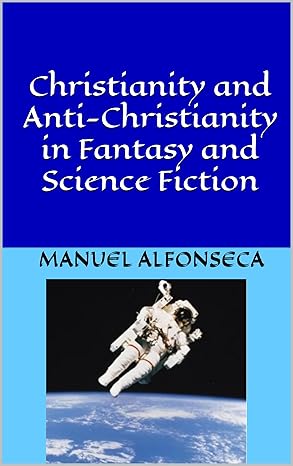 |
| Louis Pasteur |
Louis Pasteur was, without a doubt, one of the greatest scientists of the 19th century. His scientific work was immense. Among his most notable discoveries are the following:
1.
Optical isomerism. The fact that certain substances occur in two
different forms, with the same chemical composition but different physical
properties, for they rotate the plane of polarization of light in opposite
directions.
2.
Alcoholic, acetic, lactic, and butyric fermentations, which he showed are due to the action of bacteria
or yeast.
3. Spontaneous generation, which in his time was only defended for microorganisms, and Pasteur demonstrated it’s impossible under current conditions.





